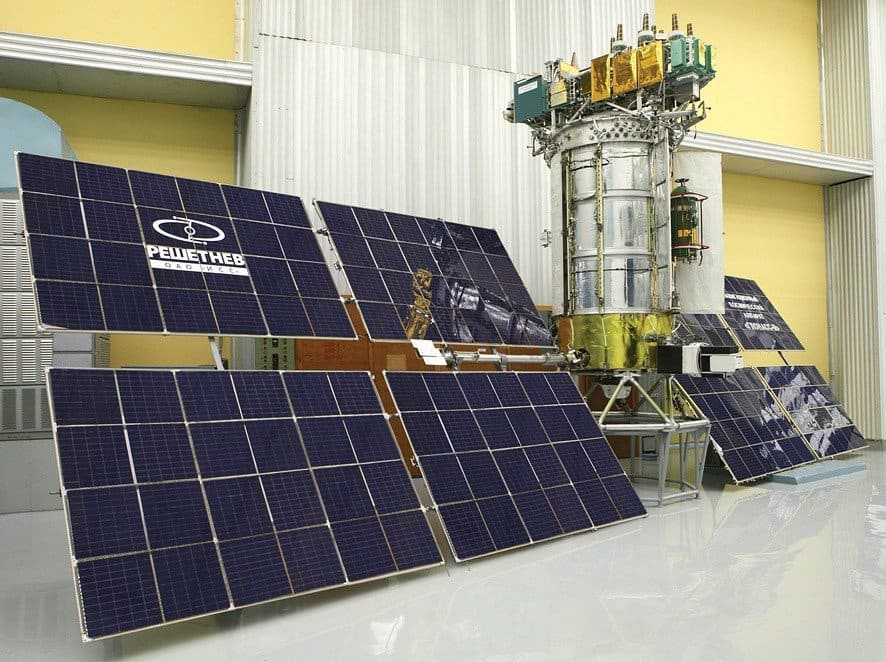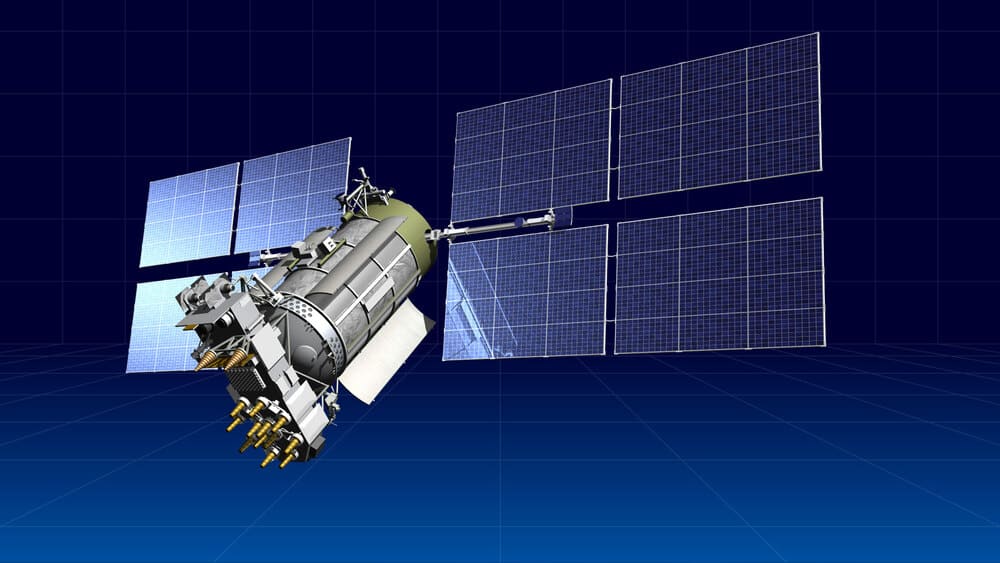Estimated reading time: 8 minutes
Satellite navigation systems have revolutionized the way we navigate our world, providing pinpoint accuracy for a wide array of applications. One of the prominent systems in this domain is the GLONASS satellite system, Russia’s answer to the Global Positioning System (GPS). This article explores the intricacies of GLONASS, its technological advancements, and its significant contributions to global navigation.
The genesis of GLONASS
The Global Navigation Satellite System (GLONASS) was initiated by the Soviet Union in the 1970s to create an independent, global positioning system. The goal was to provide reliable, accurate navigation for both civilian and military applications. Since its inception, GLONASS has evolved into a robust system that rivals other global navigation systems like the American GPS and the European Galileo.
Importance of satellite navigation
Satellite navigation is essential for modern society, supporting everything from everyday travel and logistics to advanced scientific research and national defense. With the increasing reliance on precise positioning data, the development of systems like GLONASS has become critical. These systems enhance safety, efficiency, and connectivity worldwide.

Overview of GLONASS satellite system
GLONASS is a space-based satellite navigation system that provides real-time positioning and timing services. It consists of a constellation of satellites that orbit the Earth, transmitting signals that can be used to determine location and velocity.
Historical development
The development of GLONASS has seen several key milestones. The first GLONASS satellite was launched in 1982, and by 1995, a full constellation of 24 satellites was operational. After a period of decline in the 1990s due to funding issues, the system was revitalized in the 2000s, achieving full operational capability again in 2011.
Technological capabilities
GLONASS is equipped with advanced navigation technology that ensures high accuracy and reliability. The system uses a combination of satellite signals and ground-based control stations to provide precise positioning data. Each satellite is equipped with atomic clocks, ensuring the accuracy of timing signals.
Comparison with other systems
While GLONASS is similar to GPS in many ways, there are some differences in their design and operation. GLONASS satellites operate on different frequencies, which can provide better signal quality in certain environments. Additionally, GLONASS is designed to complement other systems, enhancing overall global navigation accuracy.
GLONASS satellite constellation
The GLONASS constellation consists of 24 operational satellites, with additional satellites in reserve. These satellites are arranged in three orbital planes, ensuring global coverage. The design of GLONASS satellites incorporates redundancy and robustness, allowing the system to maintain high levels of reliability.
Operational principles
GLONASS operates by transmitting signals from its satellites to receivers on the ground. These signals include information about the satellite’s position and the exact time the signal was sent. Receivers use this data to calculate their own position based on the time delay of the signals from multiple satellites.
Applications of GLONASS
GLONASS has a wide range of applications in both civilian and military domains. In civilian life, it is used for navigation in vehicles, aviation, and maritime transport. It also supports emergency response, agriculture, and geodesy. In the military, GLONASS provides critical navigation and timing services for operations and weapon systems.
Integration with other systems
GLONASS is designed to be interoperable with other global navigation systems, such as GPS and Galileo. This interoperability enhances the accuracy and reliability of positioning data, particularly in challenging environments. Devices that support multiple systems can use signals from all available satellites to improve performance.
Benefits of GLONASS
The benefits of GLONASS are manifold. It provides highly accurate and reliable positioning and timing services, which are crucial for navigation, mapping, and various scientific applications. GLONASS also enhances global security and supports economic activities by enabling efficient transportation and logistics.
Challenges and limitations
Despite its strengths, GLONASS faces several challenges. These include maintaining and upgrading the satellite constellation, ensuring signal integrity in diverse environments, and addressing technical issues that arise from the space environment. However, ongoing research and development efforts are aimed at overcoming these challenges.
Future prospects
The future of GLONASS looks promising, with plans for continuous modernization and expansion. Upcoming upgrades aim to enhance the system’s accuracy, reliability, and resilience. There are also efforts to develop new applications and integrate GLONASS with emerging technologies, such as autonomous vehicles and smart cities.
GLONASS in everyday life
GLONASS has become an integral part of everyday life, supporting a wide range of applications. From guiding drivers on unfamiliar roads to assisting in the precise planting of crops, GLONASS technology touches many aspects of daily activities, improving efficiency and safety.
Role of Reshetnev in GLONASS
Reshetnev Satellite Manufacturer has played a crucial role in the development and production of GLONASS satellites. The company’s expertise in satellite manufacturing has ensured that GLONASS remains at the cutting edge of navigation technology. Reshetnev’s contributions include the design, production, and deployment of satellites, as well as ongoing maintenance and upgrades.

GLONASS modernization
Modernization efforts for GLONASS are focused on enhancing its capabilities and extending its lifespan. This includes the development of new satellite models with improved performance and reliability. The modernization program also aims to enhance ground infrastructure and develop new applications for GLONASS technology.
Environmental impact
Sustainability is a key consideration in the development and operation of GLONASS. Efforts are made to minimize the environmental impact of satellite launches and operations. This includes the use of eco-friendly materials and technologies, as well as measures to mitigate space debris.
GLONASS and national security
GLONASS is of strategic importance to Russia’s national security. It provides critical navigation and timing services for military operations, ensuring that the armed forces can operate effectively in any environment. The system also supports disaster response and other critical national functions.
Research and development
Continuous research and development are essential for the advancement of GLONASS. This includes the exploration of new technologies, the development of more efficient satellite designs, and the improvement of signal processing techniques. These efforts ensure that GLONASS remains a leader in global navigation.
Global reach of GLONASS
GLONASS has a significant global reach, with its signals accessible worldwide. International collaboration is a key aspect of GLONASS operations, with partnerships and agreements in place with various countries and organizations. This global reach enhances the system’s utility and supports international navigation and timing needs.
Quality assurance
Quality assurance is paramount in the production and operation of GLONASS satellites. Rigorous testing and validation processes are employed to ensure that each satellite meets the highest standards of reliability and performance. This commitment to quality is critical for maintaining the system’s reputation and effectiveness.
Economic impact
The economic impact of GLONASS is substantial. The system supports a wide range of industries, including transportation, agriculture, and telecommunications. By providing precise positioning and timing services, GLONASS enables businesses to operate more efficiently and effectively, contributing to economic growth and development.
Technological integration
GLONASS technology is integrated into a wide array of smart devices, from smartphones to wearable technology. This integration enhances the functionality of these devices, providing users with accurate and reliable navigation and timing information. The widespread adoption of GLONASS technology highlights its importance in the digital age.
GLONASS and autonomous vehicles
The advent of autonomous vehicles represents a significant opportunity for GLONASS. The system’s precise positioning and timing capabilities are critical for the safe and efficient operation of self-driving cars. Ongoing research and development efforts are focused on integrating GLONASS technology into autonomous vehicle systems.
Educational initiatives
Educational initiatives are essential for promoting knowledge and skills related to GLONASS technology. These initiatives include academic programs, training workshops, and public outreach efforts. By fostering a deeper understanding of satellite navigation, these programs support the continued growth and innovation of GLONASS.
GLONASS stands as a testament to the power of innovation and collaboration in the field of satellite navigation. From its early beginnings to its current status as a global leader, GLONASS has continually pushed the boundaries of what is possible in navigation technology. As we look to the future, the continued development and modernization of GLONASS promise to bring even greater benefits to society, enhancing our ability to navigate and understand the world around us.
FAQs
What is GLONASS? GLONASS (Global Navigation Satellite System) is a space-based satellite navigation system developed by Russia. It provides global positioning and timing services similar to the American GPS.
How does GLONASS differ from GPS? While both systems offer similar services, GLONASS operates on different frequencies and has a unique satellite configuration. This can provide better signal quality in certain environments and enhance overall positioning accuracy when used together with GPS.
What are the applications of GLONASS? GLONASS is used in various applications, including vehicle navigation, aviation, maritime transport, emergency response, agriculture, and military operations. It provides precise positioning and timing information critical for these sectors.
How is GLONASS maintained and upgraded? GLONASS is continuously maintained and upgraded through the launch of new satellites, modernization of ground control systems, and improvements in signal processing technology. These efforts ensure the system’s reliability and accuracy.
What role does Reshetnev play in GLONASS? Reshetnev Satellite Manufacturer is a key contributor to the GLONASS program, responsible for the design, production, and deployment of GLONASS satellites. The company’s expertise ensures the high quality and performance of the system.
What is the future of GLONASS? The future of GLONASS includes ongoing modernization efforts, integration with emerging technologies like autonomous vehicles, and expansion of its global reach through international collaboration. These developments will enhance the system’s capabilities and applications.


